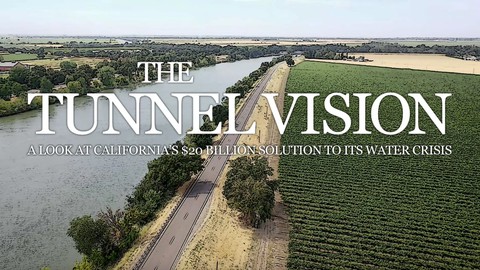 LOCAL NEWS
LOCAL NEWS
California may have more than a million fighting birds, according to the Center for a Humane Economy.
 LOCAL NEWS
LOCAL NEWS
About 40 people gathered outside the CineLux Green Valley Cinema in Watsonville Friday to protest new regulations by the Department of Pesticide Regulation regarding 1,3-dichloropropene, also called Telone, a pesticide widely used in California.
 LOCAL NEWS
LOCAL NEWS
Santa Cruz County supervisors on Nov. 19 are expected to consider money for nonprofit groups. (Marcello Hutchinson-Trujillo — Santa Cruz Local file)
SANTA CRUZ >> Some nonprofit programs that have long relied on grants from the county and the city …
 LOCAL NEWS
LOCAL NEWS
A cadre of nonprofit leaders and county officials gathered at Cabrillo College Thursday to kick off Second Harvest Food Bank’s (SHFB) annual Food and Fund Drive, when that organization takes in the lion’s share of its donation for the year …

“This is a local story about a global issue, the future of water. In a three-part series of field reports and podcasts, Bay City News reporter Ruth Dusseault looks at the tunnel’s stakeholders, its engineering challenges, and explores the preindustrial …
 LOCAL NEWS
LOCAL NEWS
The recreational dungeness crab season will open statewide beginning Nov. 2.
 LOCAL NEWS
LOCAL NEWS
For years, Watsonville Public Library’s Main Street location has drawn community members young and old to find their next great book, perform research or to simply sit and read in silence.
 LOCAL NEWS
LOCAL NEWS
The third annual Scotts Valley Multicultural Fair once again provided a venue where people of all ages could learn about different cultures last Saturday.
 LOCAL NEWS
LOCAL NEWS
Last-minute touches are being completed to make way for the Santa Cruz County Fair.
 LOCAL NEWS
LOCAL NEWS
The beautiful Santa Cruz County Fairgrounds are growing even more beautiful thanks to a colorful landscaping project at Paddy Smith Park.
 LOCAL NEWS
LOCAL NEWS
California Attorney General Rob Bonta was in Santa Cruz County on Thursday to announce the arrest of 22 people who are facing a total of 32 felony charges stemming from multiple burglaries of marijuana dispensaries throughout the Bay Area.
 LOCAL NEWS
LOCAL NEWS
Santa Cruz schools are on a mission to change the way your kids think about vegetables.
 LOCAL NEWS
LOCAL NEWS
A collection of images from the Watsonville Strawberry Festival from Aug. 2-4.
 LOCAL NEWS
LOCAL NEWS
California Marine Sanctuary Foundation (CMSF) has advice for farmers who have accumulated huge heaps of used plastic, specifically used drip system tape and hoop house film.
 LOCAL NEWS
LOCAL NEWS
Local organic farming and the healthy foods that come from them took center stage June 16 at the first ever Día de Esperanza Community Festival.
The common American lawn has a problematic history, and creates a lot of problems for the environment.
 LOCAL NEWS
LOCAL NEWS
Several community leaders and community members gathered at MacQuiddy Elementary School Tuesday evening to call on Driscoll’s, Reiter and other companies to stop using toxic pesticides around schools.
 LOCAL NEWS
LOCAL NEWS
Over the next two decades, the city of Watsonville plans to add thousands of trees to its landscape, create a plan to take care of them and train crews of young people to aid in that effort.
 LOCAL NEWS
LOCAL NEWS
Anthony Saua, director of Organic Rising, talks about the rise of organic agriculture and its importance to health, the environment and slowing global warming,
 LOCAL NEWS
LOCAL NEWS
Farmworkers pick strawberries near Watsonville in August 2020. (David Rodriguez — The Salinas Californian file)
Key takeaways